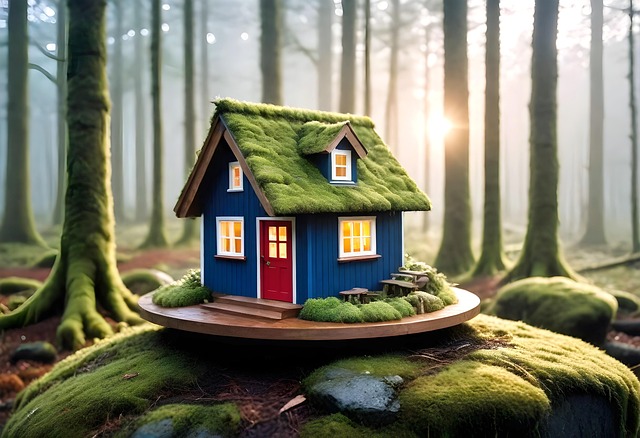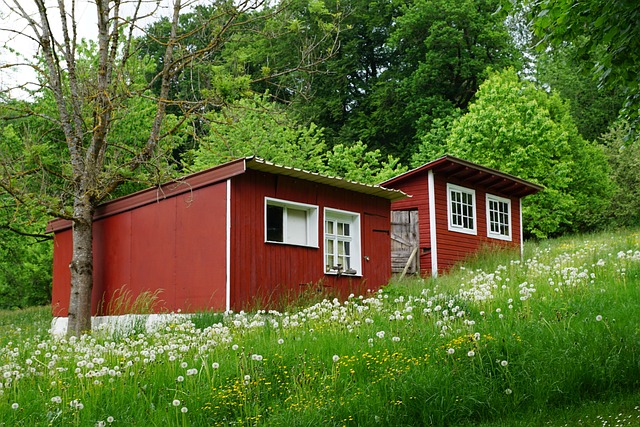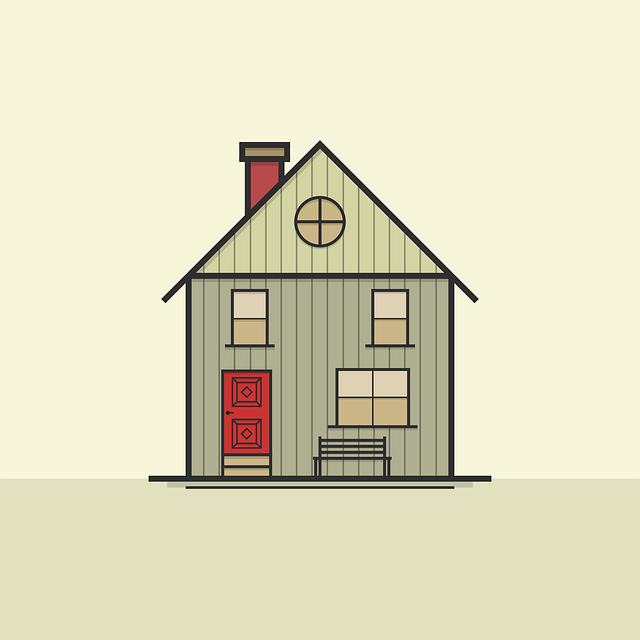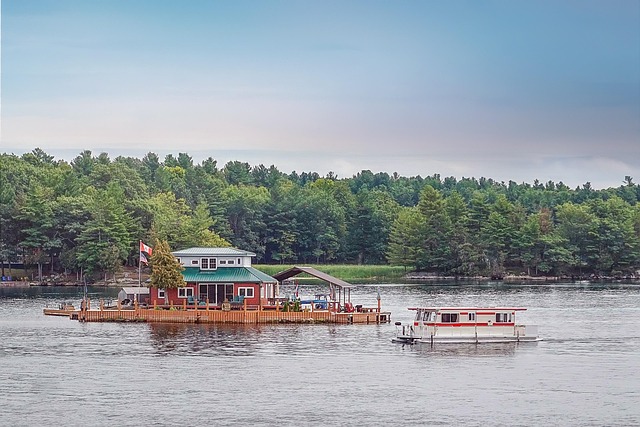Tiny homes are transforming the Real Estate landscape as an eco-conscious alternative, appealing to those seeking minimalism and sustainability. This growing trend promotes downsizing, reduces environmental impact through efficient design and green building practices, and offers affordable housing options without compromising comfort. By embracing smaller living spaces with smart amenities and renewable energy sources, individuals contribute to a greener planet while enjoying healthier, more connected lifestyles.
In today’s eco-conscious world, there’s a growing trend towards smaller, more sustainable living spaces as people seek to reduce their environmental impact. This article explores three emerging concepts in real estate that are revolutionizing how we think about homes and communities. From tiny homes offering streamlined lifestyles and lower carbon footprints, to green architecture showcasing innovative eco-friendly design, and community living that emphasizes shared resources and reduced land use—these alternatives redefine sustainable living.
Tiny Homes: The Emerging Trend in Sustainable Living

Tiny homes are gaining traction as an eco-friendly alternative in the real estate market, challenging conventional living spaces. This emerging trend is not just a passing fad but a conscious shift towards sustainability and minimalism. With their compact size and efficient design, tiny homes offer a practical solution for individuals and families seeking a simpler, more environmentally conscious lifestyle.
The appeal lies in their reduced ecological footprint—less space means fewer resources are required for construction and maintenance. This growing movement encourages thoughtful land use and promotes the idea of ‘less is more’ when it comes to housing. As a result, tiny homes are becoming a popular choice for those seeking to downsize, reduce living costs, and contribute to a greener planet.
– Exploring the rise of tiny homes and their environmental benefits.

The concept of tiny homes has gained significant traction in recent years, challenging the traditional notion of spacious real estate. This movement isn’t just a trend; it’s a response to growing environmental concerns and a shift towards more sustainable living. By downsizing from larger dwellings, individuals and families are reducing their carbon footprint. Smaller homes demand fewer resources for construction and maintenance, leading to lower energy consumption and a smaller ecological impact.
In the spirit of eco-friendliness, tiny homes often incorporate green building practices, such as energy-efficient appliances, natural insulation, and renewable energy sources like solar panels. This trend not only promotes a healthier planet but also offers an affordable housing solution for many. As more people embrace this lifestyle, the market is responding with innovative designs, proving that living big isn’t necessary to live well.
– Advantages for individual lifestyles and reduced carbon footprints.

Adopting eco-friendly alternatives to larger dwellings offers numerous advantages for individual lifestyles and contributes significantly to reduced carbon footprints. These smaller, sustainable homes are designed with efficiency in mind, minimizing energy consumption through smart insulation, natural lighting, and renewable energy sources like solar panels. By downsizing, individuals can lower their utility bills, decrease their reliance on non-renewable resources, and actively contribute to mitigating climate change.
Moreover, eco-friendly dwellings often promote healthier living environments by incorporating natural materials and ensuring proper ventilation. They encourage a closer connection with nature, fostering a sense of well-being and encouraging sustainable practices in daily life. This shift towards more intimate, efficient spaces aligns perfectly with the evolving preferences for minimalist, low-impact lifestyles, presenting a compelling option within the real estate market.






